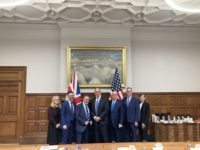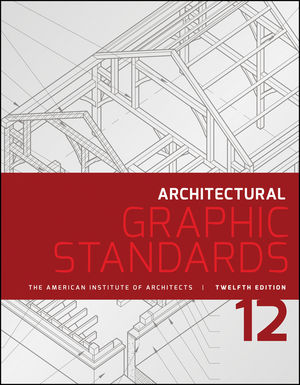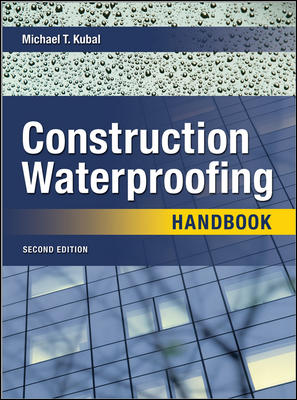On August 21, 2024, representatives from the Architects Accreditation Council of Australia (AACA), the New Zealand Registered Architects Board (NZRAB), and the National Council of Architectural Registration Boards (NCARB) signed a new Mutual Recognition Agreement (MRA) that will expand access to opportunities for international architects. The new MRA goes into effect on November 6, 2024, and will replace the existing MRA between the three countries.
The new agreement recognizes the level of competency established through each country’s initial licensure processes, acknowledging the value of the various pathways to licensure within each country. By doing so, the three organizations are reducing unnecessary barriers to reciprocal licensure without removing the level of rigor needed to protect the public’s health, safety, and welfare.
“We know Australian architects are sought after around the world for their high level of skill and creativity. This new agreement provides a wonderful opportunity for architects of all levels of experience to work overseas faster,” said AACA President Dr. Giorgio Marfella.
New Eligibility Criteria
The primary changes to the eligibility criteria that are reflected in the new agreement include:
- Eliminating the existing requirement that architects must have 6,000 hours of post-licensure/registration experience, expanding eligibility to newly licensed architects
- Accepting architects who obtained their license/registration through various routes, including alternative qualifications and international architect pathways
By reducing common barriers to eligibility––such as extended experience requirements and limited paths to licensure/registration and reciprocity––the agreement will allow more qualified architects the opportunity to venture into an increasingly global marketplace. In turn, AACA, NZRAB, and NCARB hope to foster increased knowledge exchange and collaboration between architecture professionals across these countries.
“The new agreement marks a significant step forward in international practice. By streamlining the reciprocity process, we're empowering architects from different backgrounds to bring their expertise to a global market while maintaining the high standards required for competent practice in order to protect the public,” said NCARB President Kenneth R. Van Tine, NCARB, AIA, LEED AP.
To learn more about pursuing reciprocal licensure/registration in either country under the new agreement, consult your home country's architecture board or council website.
Establishing the Agreement
The mutual recognition agreement between Australia, New Zealand, and the United States was originally signed in 2016. It is based on an assessment of similarities in architecture licensing/registration standards established by NCARB for its member jurisdictions and the requirements for registration in Australia and New Zealand.
This new agreement is the culmination of rigorous research and close collaboration between AACA, NZRAB, and NCARB, representing a significant milestone in international architectural practice.
“As a small nation, New Zealand is enriched by the flow of people and experience,” said NZRAB Board Chair Gina Jones. “It benefits New Zealanders to travel and work internationally, and New Zealand benefits by people from other countries bringing their knowledge, insights, and learnings to our country.”
For more information about the Mutual Recognition Agreement between Australia, the United States, and New Zealand, please visit ncarb.org/international or aaca.org.au.
.jpg?1724703569)



.jpg?height=200&t=1724703569&width=200)



